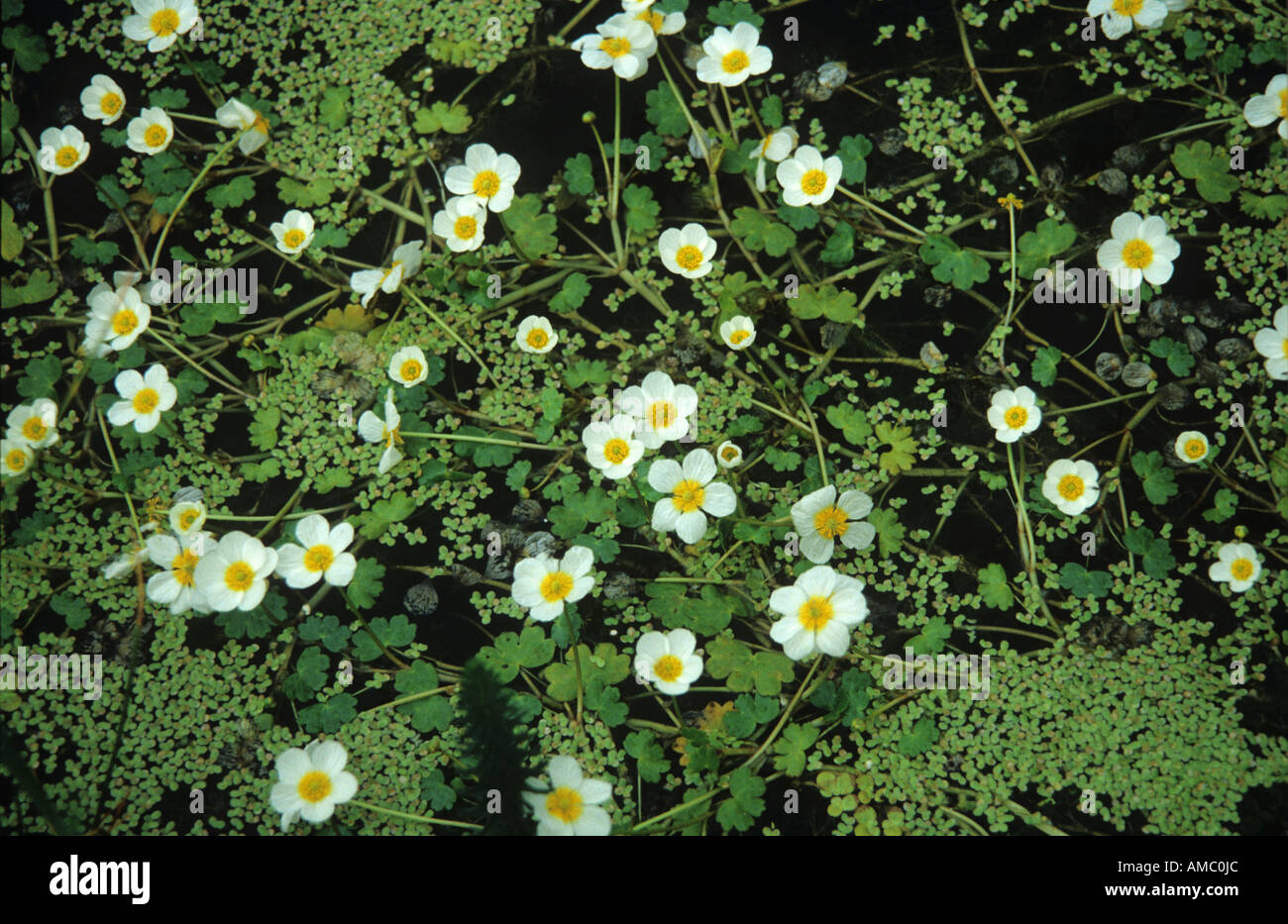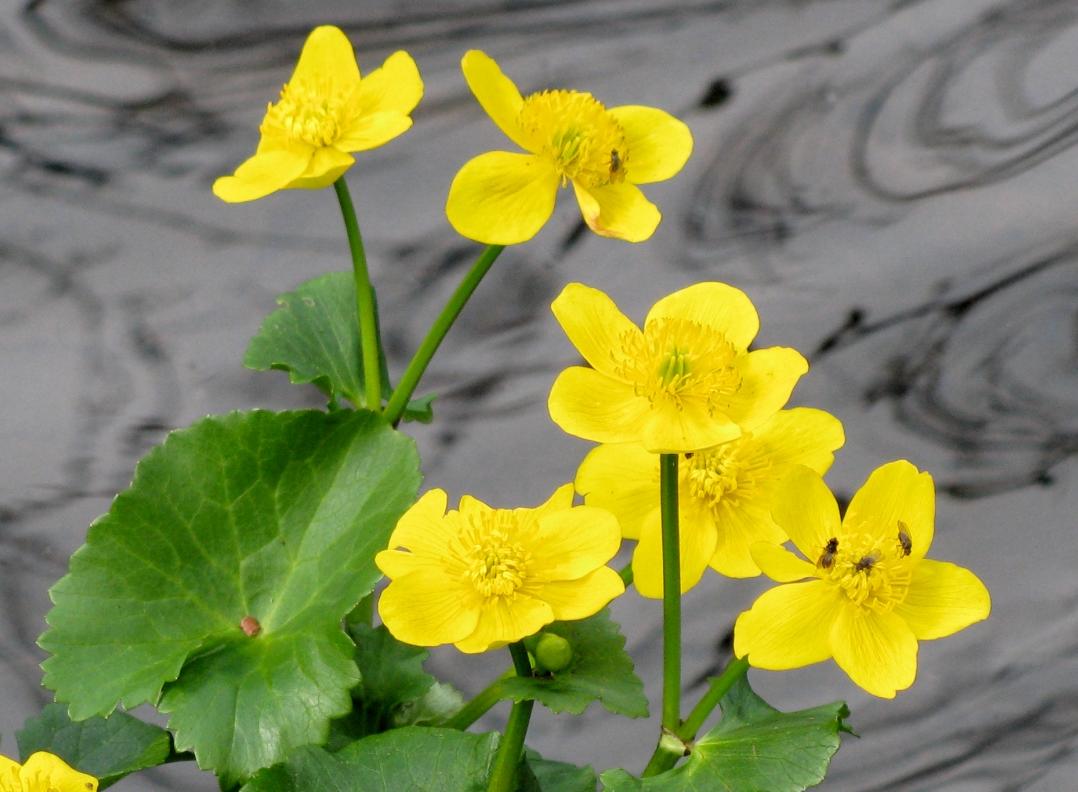Ranunculus flabellaris Raf. – yellow water buttercup Subordinate Taxa. This plant has no children Legal Status. Threatened and Endangered Information.
- Water Buttercup Native To California
- Ranunculus Flabellaris
- Water Buttercup Illustration
- Water Buttercup Facts
- Water Buttercup Location
- Yellow Water Buttercup
- Water Buttercup Native Range
Water Buttercup Native To California
Water Buttercup control, 2 good options.
- Turnera buttercup (Turnera ulmifolia) is a fast-growing evergreen shrub that some consider a weed due to its reseeding habit and its ability to thrive in almost any location.
- William & Wilma Follette. Western wetland flora: Field office guide to plant species.West Region, Sacramento. Provided by USDA NRCS Wetland Science Institute (WSI).
Ranunculus Flabellaris
Water Buttercup, Water Crowfoot (ranunculus aquatilis), is one perennial weed in the Buttercup family that has 360 different species. It can be found world-wide in the quiet waters of ponds, in ditches and along the shoreline of lakes and slow moving streams.
Water Buttercup is eaten by a variety of waterfowl and fish. It also provides habitat for aquatic insects.
It has 2 distinct types of leaves. Submersed leaves are alternately attached, fan-shaped with fine thread-like leaves that collapse when removed from the water. Floating leaves, when present, are flat and have 3-5 scalloped lobes. It has a single flower on a stiff stalk that rises above the water surface. The flower has a yellow center and 5 white petals that bloom from April to August.
Water Buttercup Illustration
Water Buttercup propagates from seeds and stem fragments.
Water Buttercup can grow in thick dense mats that will restrict water recreation including boating, swimming and fishing.
Physical removal and chemical treatment are 2 good options.
1) Physical removal can be easily obtained by cutting or raking out all the weed fragments.
2) Chemically control area with diquat.
Diquat mixed with a non-ionic surfactant is an excellent fast-acting contact option. Addition of copper ethanolamine will often improve effectiveness in difficult to control areas.

We recommend, 6 oz. of Harvester Liquid with 3 oz. CYGNET PLUS Liquid or combine 4 oz. of Harvester Liquid, 4 oz. of CUTRINE-PLUS Liquid and 3 oz. of CYGNET PLUS Liquid. Add enough water to the concentrate to make 1½ gallons of spray solution. 1½ gallons of solution will treat 1,000 sq. ft. (100’ x 10’). It is best to treat before flowering. Repeat treatment may be needed to make good contact with all the foliage.
Next Steps:
To visit our online store click here

To Request our product catalog click here
To learn about lake weed analysis click here
Post Comment
| General Information | |
|---|---|
| Symbol: | RAAQ |
| Group: | Dicot |
| Family: | Ranunculaceae |
| Duration: | Perennial |
| Growth Habit: | Forb/herb |
| Native Status: | AK N CAN N L48 N |
| Data Source and Documentation | |
| Native | Introduced | Both | Absent/Unreported |
| Native, No County Data | Introduced, No County Data | Both, No County Data |
| Native Status: | |||||||||
| L48 | AK | HI | PR | VI | NAV | CAN | GL | SPM | NA |
William & Wilma Follette. USDA NRCS. 1992. Western wetland flora: Field office guide to plant species. West Region, Sacramento. Provided by USDA NRCS Wetland Science Institute (WSI). Usage Requirements.
©Gary A. Monroe. United States, WA, Clark Co. 1988. Usage Requirements.
©Gary A. Monroe. United States, WA, Clark Co. 1988. Usage Requirements.

Sheri Hagwood. USDI Bureau of Land Management (BLM). United States, ID, Bureau of Land Management Jarbidge Resource Area. June 28, 2006. Usage Requirements.
©Gary A. Monroe. United States, NV, Douglas Co., Spooner Lake. June 19, 2010. Usage Requirements.
©Gary A. Monroe. United States, NV, Douglas Co., Spooner Lake. June 19, 2010. Usage Requirements.
USDA NRCS. Wetland flora: Field office illustrated guide to plant species. USDA Natural Resources Conservation Service. Provided by NRCS National Wetland Team. Usage Requirements.
slideshow| Symbol | Scientific Name |
|---|---|
| BAAQ | Batrachium aquatile (L.) Dumort. |
| RAAQH | Ranunculus aquatilis L. var. hispidulus E. Drew |
| RAAQT | Ranunculus aquatilis L. var. typicus L.D. Benson |
| RATRH | Ranunculus trichophyllus Chaix var. hispidulus (E. Drew) W. Drew |
| Rank | Scientific Name and Common Name |
|---|---|
| Kingdom | Plantae – Plants |
| Subkingdom | Tracheobionta – Vascular plants |
| Superdivision | Spermatophyta – Seed plants |
| Division | Magnoliophyta – Flowering plants |
| Class | Magnoliopsida – Dicotyledons |
| Subclass | Magnoliidae |
| Order | Ranunculales |
| Family | Ranunculaceae – Buttercup family |
| Genus | Ranunculus L. – buttercup |
| Species | Ranunculus aquatilis L. – white water crowfoot |
| ||||||||||
| More Accounts and Images | |
|---|---|
| ARS Germplasm Resources Information Network (RAAQ) | |
| CalPhotos (RAAQ) | |
| Flora of North America (RAAQ) | |
| Integrated Taxonomic Information System (BAAQ) | |
| Integrated Taxonomic Information System (RAAQ) | |
| Integrated Taxonomic Information System (RAAQH) | |
| Integrated Taxonomic Information System (RAAQT) | |
| Integrated Taxonomic Information System (RATRH) | |
| Jepson Interchange (University of California - Berkeley) (RAAQ) | |
| Lady Bird Johnson Wildflower Center Native Plant Information Network (RAAQ) | |
| Native American Ethnobotany (University of Michigan - Dearborn) (RAAQ) | |
Food
| Source | Large Mammals | Small Mammals | Water Birds | Terrestrial Birds |
|---|
Water Buttercup Facts
Cover
Water Buttercup Location
| Source | Large Mammals | Small Mammals | Water Birds | Terrestrial Birds |
|---|
Description of Values
Yellow Water Buttercup
| Value Class | Food | Cover |
|---|
Water Buttercup Native Range
